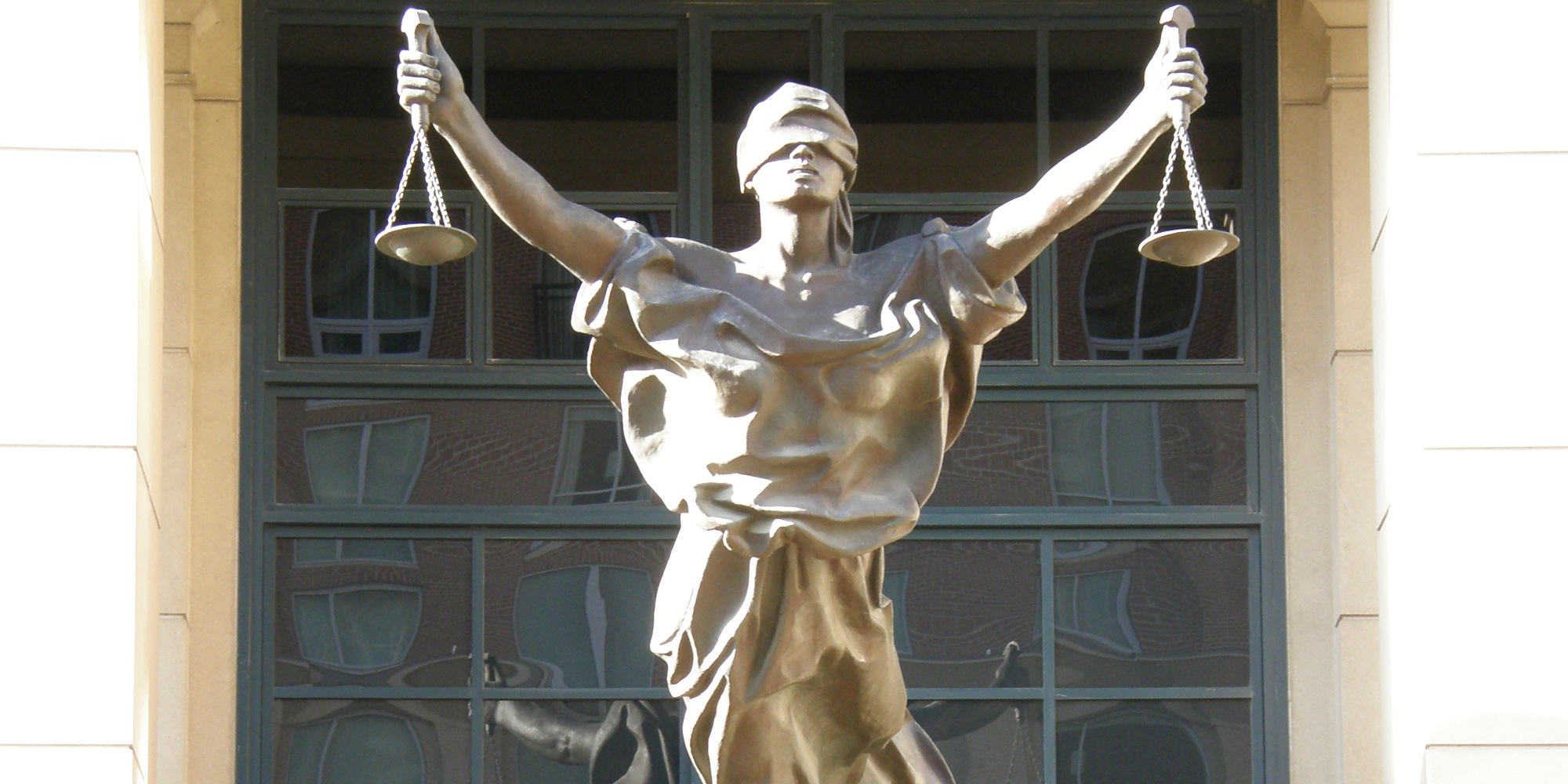A clearer, more nuanced understanding of the differences and similarities between western-practiced restorative justice and the ubiquitous, Muslim/Arab conflict resolution practice of sulha may help restorative justice practitioners and advocates in the United States craft more effective conflict management and resolution mechanisms that resonate with migrants from community-based cultures. This was the motivation behind a new paper I co-wrote with my colleague Dr. Golan Luzon, from the University of Leuven, Belgium.
Our article, published in the Cardozo Journal of Conflict Resolution and entitled “The Muslim/Arab Sulha and the Restorative Justice Model Same Purpose, Different Approach,” establishes sulha, the traditional Arab and Islamic dispute resolution practice as a restorative justice mechanism. It compares sulah with western restorative justice, shows that both practices strive for the same goal—repairing damaged relations—and highlights the conceptual and functional similarities, including support for victims and the importance of perpetrator responsibility.
Research shows that more strategic and thoughtful conflict management and resolution mechanisms can improve integration and assimilation into host communities, reduce marginalization, separation and the increased criminality that commonly accompanies them, reduce the impact of incarceration on migrant communities, and may even reduce homegrown extremism.
And the situation with incarceration in the United States is critical. While there may be a difference of opinions about the causes, there is no argument at all about the data: the United States’ incarcerates more people (716 per 100,000) than any other country—including China, Pakistan, Iran, Saudi Arabia, Canada, Italy and Japan. That’s bad news, but it is only part of the bad news. While the population of the United States amounts to less than 5% of the world’s population, it incarcerates about 25% of the world’s total prison population. Virginia Senator Jim Webb said about this issue: “We are either the most evil people in the world or there is something fundamentally wrong with our criminal justice system.”
One of the phenomena that is thought to be at the core of this incarceration epidemic is that a huge proportion of criminal prosecutions in the United States are resolved not through adjudication but rather via plea bargains (where the defendant ends up shouldering a guilty plea). Plea bargaining takes place in the vast majority of cases, not only in federal courts (97%) but in state courts as well (94%). And while plea bargaining is certainly good for efficiency (without it, most justice systems in the country would collapse for lack of resources), justice for the victim, the perpetrator and the community seems to have taken a rear seat, with severe impacts on individuals and communities alike.
The federal government, states and communities are looking for solutions to this problem, and as part of the possible solution, they are looking at restorative justice. Restorative justice has its roots in indigenous conflict resolution mechanisms dating back thousands of years. Restorative justice tries to give victims a voice, educate offenders about their obligations, and locate and repair the harm done to individuals and communities. This is done by trying to get to the roots of damaging behaviors and actions. Restorative justice strives to restore the element of justice to the justice system.
So far, restorative justice shows a promise in improving community relations, reducing recidivism and saving justice systems lots of money in the process. Thirty-five states have adopted legislation encouraging the use of restorative justice for children and adults, both before and after prison, but alongside the formal systems, many local law enforcement departments have for years relied on local nonprofits to perform the sessions without an official blessing from the state.
The results are measurable. A report by the Longmont (CO) Police Department’s Restorative Justice Programs and the Longmont Community Justice Partnership indicates that youth programs show exponential drops in recidivism (at the time of the writing, the rate was 10%, compared to 60% to 70% nationwide) and high participant satisfaction. Tens of thousands of dollars per each case handled through restorative justice were saved from diverting youth toward incarceration.
The demonstrated positive impact of restorative justice and the demonstrated similarities between western-style restorative justice and indigenous restorative justice systems such as sulha, may encourage further research and efforts to fine-tune existing systems and improve their functionality with migrants from communal cultures, as well as with host communities.
Read Dr. Pely and Dr. Golan Luzon’s article, “The Muslim/Arab Sulha and the Restorative Justice Model: Same Purpose, Different Approach” in volume 19, no. 2 of the Cardozo Journal of Conflict Resolution.


